The Best Bugs to Befriend in the New Year
Get to know some cuddly roaches and dramatic beetles.
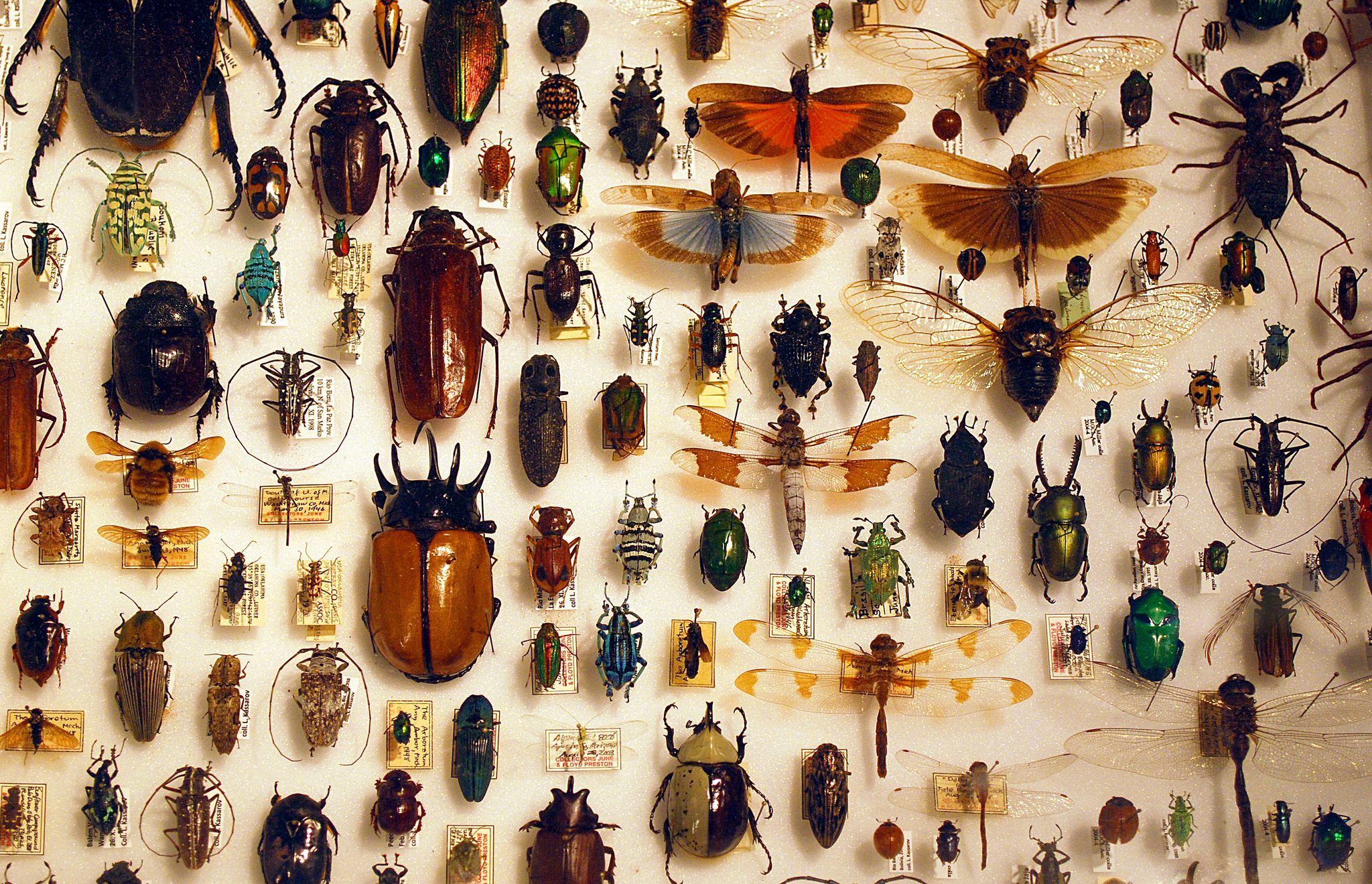
With the New Year upon us, many of us will resolve to tend to existing relationships and forge new, meaningful ones. But for most, befriending a bug won’t make the resolutions list. And according to the beloved Bug Whisperer, Aaron Rodriques, it should.
An entomologist and longtime rearer of many insects, Rodriques knows what it means to feel love for bugs. They can be cuddly, functional, fabulous, and downright freaky. Let humans carry on with meet-ups and digital dating—bugs have bigger things to do, like eat human hair and jingle their genitals.
Not all bugs are for everyone. Even within a single species, Rodriques says, they can have vastly different personalities. So to make the selection slightly easier, we’ve put together a list of just a few A-List bugs worth befriending, or at the least, admiring, in 2019.
Bug Most Likely to Have Its Own Reality TV Show: The Blue Death-Feigning Beetle

“I know a few bugs that are drama queens, for sure,” says Rodriques. “But when I think of drama I really do think of the blue death-feigning beetle.” Brilliantly blue and bumpy-backed, this bombshell of a beetle’s waxy turquoise sheen comes from an exoskeletal coating that protects it from the hot Sonoran Desert sun.
But it’s got a lot more going for it than mere good looks. According to Rodriques, when it senses some kind of threat, it pulls a rather dramatic stunt. Rolling onto its back, its legs splayed in the air, it fakes its own death—sometimes for hours at a time. “It’s always playing dead,” says Rodriques. “It’s a big faker. It’s a liar.”
If you don’t mind the drama, however, this might be the best bug bud for you. Though it feigns death constantly, it actually lives for a very long time, sometimes over 10 years. Rodriques is the proud owner of two at the moment, and says they’re great pets to give as gifts to friends, even if they’re not big bug people. “They’re just too interesting of a spectacle to not enjoy.”
Best Bug to Bring to Brunch:* Bagheera kiplingi

One arena in which we might not expect insects to excel is fine dining. This is a fair assumption. Cockroaches eat human hair. Dung beetles eat literal shit. But if you’re planning on taking a bug to a bougie brunch without worrying about what kind of crazy thing it might try to order, consider linking up with the Bagheera kiplingi, a jumping spider that happens to be vegan.
While most jumping spiders prefer meatier menus, this guy sticks to a plant-based diet. It hangs out on acacia trees in Central America and Mexico, zigzagging through armies of territorial ants to snag the highly coveted tips of the leaves. Though there’s nothing wrong with more murderous spideys (they’re a huge help when it comes to pest management), Rodriques points out that vegan spiders help dismantle some major spider stigma. “They really remove the idea that we typically project onto spiders that they’re all mindless killing machines.”
Best Bug to Help You Sort Out the Skeletons in Your Closet: The Dermestid Beetle
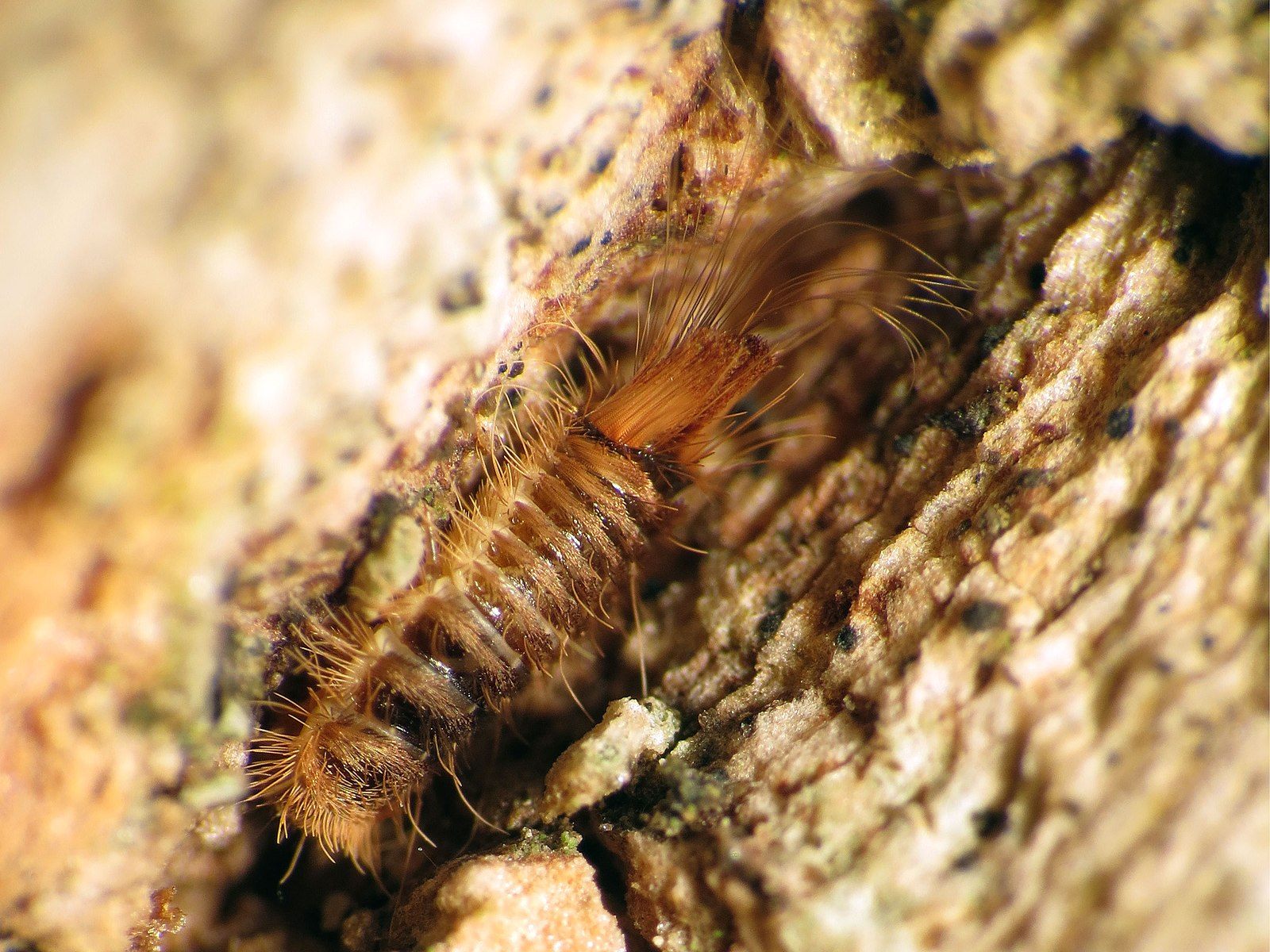
Some friends can help you unpack your dark past, but beetles can help you clean up your literal collection of bones. Dermestid beetles, sometimes called “museum bugs,” are fast-moving flesh-eating powerhouses. Often kept on staff at osteological departments of museums, they remove meat and other organic matter from skeletons without damaging the bones themselves. Dermestids are adept, hungry workers, taking a mere few hours for a colony to bring a small rodent from carcass to gleaming skeleton.
But they’re probably not proper pets for the novice. If they escape, dermestid beetles can chew through carpets, wood, and entire book collections. Plus, Rodriques says, they’re too small to be all that much fun to handle. But for museum workers who really need to spiff up a skeleton, these bugs will do the job.
Bug With a Freaky Party Trick: The Water Boatman

Just like any friend you like to bring along to parties, the water boatman isn’t an insect you’d want to spend any real quality time with, but might be fun to have around for the night. Heard near ponds throughout several countries in Europe, the water boatman is undeniably loud. In fact, it’s one of the loudest animals on the planet relative to its body size, emitting a 99-decibel call to attract mates. More than that, it makes noise in a truly gnarly way.
To produce its ear-splitting song, it scrapes its “genitalia appendage” against its ribbed abdomen, playing itself with its penis like a built-in güiro. The resulting noise is so boisterous that it projects from the bottom of the pond where the boatmen are located all the way to the water’s surface.
If you’re looking for objectively loud acoustics, Rodriques says, cicadas are your best bet, but the water boatman is certainly more of an entertainer.
Unexpected Cuddlebug: The Wide Horn Hissing Cockroach
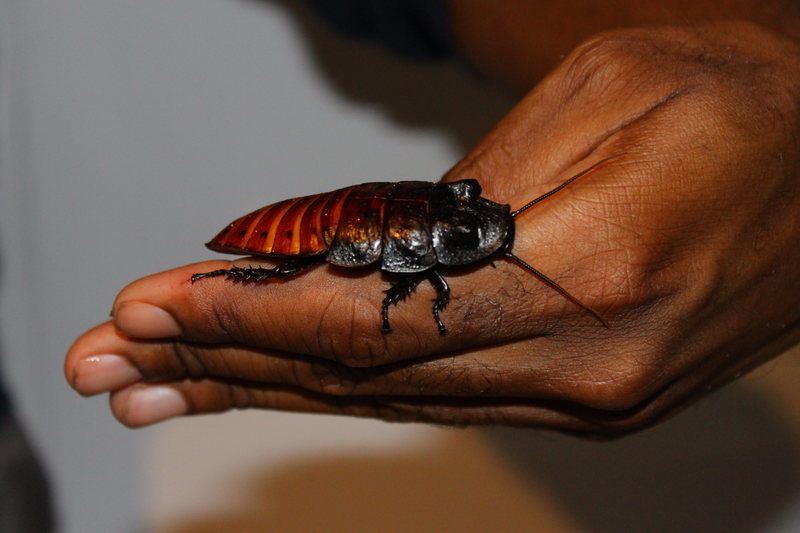
If your intention is to spend time with an insect that will show you a little TLC, Rodriques suggests hanging out with the wide horn hissing cockroach. Native to Madagascar, the hisser can grow up to 4 inches long.
Though you may not associate giant roaches with affection, the wide horn hisser isn’t terribly afraid of humans, and will actually want to hang out with you. According to Rodriques, they may be able to identify their owners by touch and smell, so you can train them to become familiar with you. “People really never think about insects as creatures you can bond with,” he says. “But this is an insect that’s okay with human touch, and may even gravitate towards you if you take care of it.”
*To see the best bugs to bring to brunch to consume, see our editor’s revelations from Bugsgiving


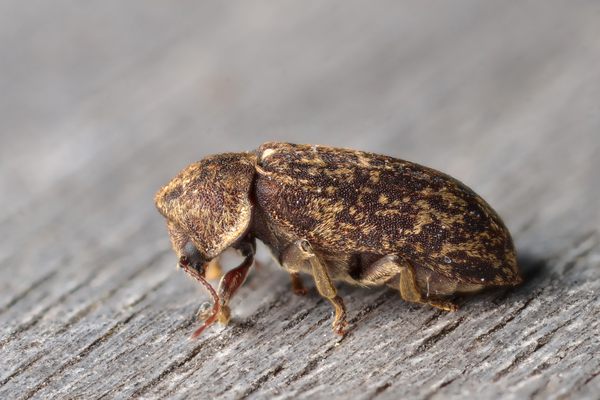
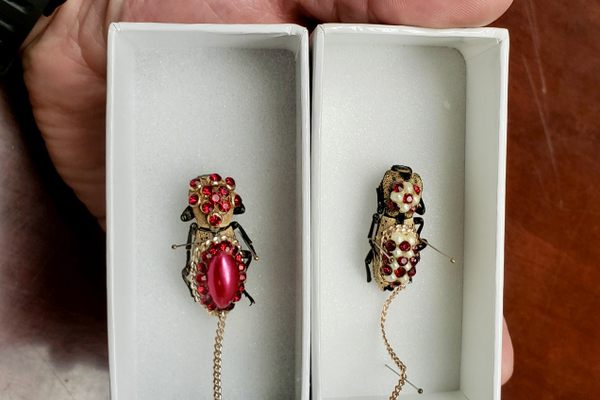








Follow us on Twitter to get the latest on the world's hidden wonders.
Like us on Facebook to get the latest on the world's hidden wonders.
Follow us on Twitter Like us on Facebook